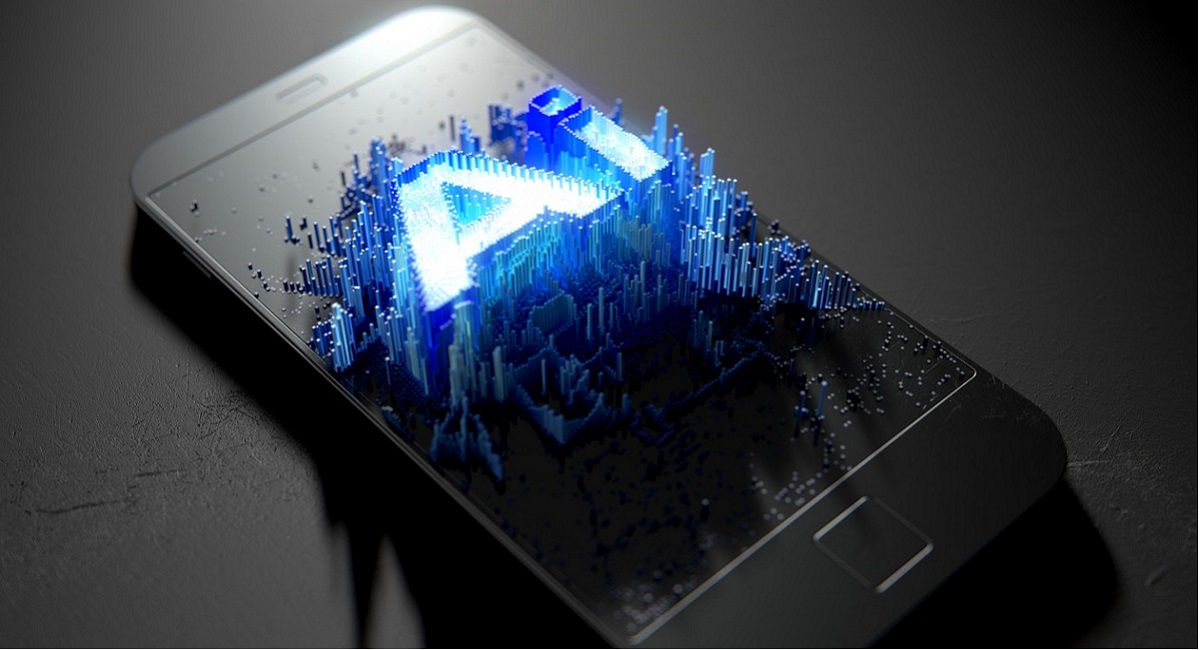🤖 AI in Smartphones: Game-Changer or Marketing Buzz?
Artificial Intelligence is the hottest term in the mobile industry – but is it truly transforming our phones or just a marketing gimmick?
In 2025, every brand from Samsung to Apple to Xiaomi claims AI is the future. But what’s actually happening under the hood?
💡 What Counts as “AI” on Phones?
Today’s “AI” features go beyond voice assistants. They include:
- Generative editing in photos and videos
- Predictive battery optimization
- Smart summaries and translation
- Contextual suggestions in messaging apps
- On-device security detection
The goal: make phones anticipate needs before you even ask.
🧠 The AI Engines Behind It
| Brand | AI Platform | Key Advantage |
|---|---|---|
| Samsung | Galaxy AI 2.0 | Offline translation, AI photo tools |
| Gemini Nano (Assistant v3) | Deep contextual memory | |
| Apple | Apple Intelligence (A19 Pro) | Privacy on-device |
| Xiaomi | HyperMind AI | Cross-app automation |
| Huawei | Pangu AI | Real-time object tracking |
Each brand builds its own AI model optimized for the chipset.
⚡ How AI Improves Daily Use
- Battery Learning: AI studies usage patterns to extend life.
- Photo AI: Phones like Pixel 10 Pro use AI to fix reflections and blur instantly.
- Real-Time Transcription: Perfect for students and creators.
- Call Assist: Auto screen spam and summarize voicemails.
- Accessibility: Live caption and sound recognition are life-changing for many users.
🚫 Where AI Still Falls Short
- Cloud dependence on cheap devices means privacy trade-offs.
- Over-promising: many features feel beta and inconsistent.
- Battery drain on first gen AI phones was significant.
- Marketing noise: every brand labels basic automation as “AI.”
AI is real – but it’s still finding its balance between hype and utility.
📸 AI in Photography – The True Game-Changer
AI is redefining mobile photography through scene understanding and multi-frame fusion.
Phones like the Samsung S25 Ultra and Pixel 10 Pro show how AI can mimic DSLR-level results.
🧪 Example: Galaxy AI Scene Optimizer
- Identifies lighting direction & subject emotion.
- Adjusts exposure curve in real time.
- Adds depth maps for better portrait separation.
This is not just filtering – it’s computational photography at its peak.
🏁 The Future – AI as a Personal Assistant
By 2026, expect AI to go beyond apps. Phones will act as agents that negotiate tasks for you.
Imagine:
- Booking flights through a chat prompt.
- Auto-editing videos for social media.
- Detecting health abnormalities via sensors.
Your phone won’t just help you use apps – it will be the app.
💬 Conclusion
AI is the most transformative shift since touchscreens. While some features are gimmicks, the foundation is solid. By 2025, phones that lack AI integration already feel outdated.
✅ Verdict: AI in phones is both a game-changer and a marketing buzz – depending on who executes it best.
❓ FAQ
Q1: Which brand has the best AI implementation in 2025?
Samsung and Google lead with Galaxy AI and Gemini Nano. Apple follows closely with on-device AI.
Q2: Does AI reduce battery life?
Not anymore – new chips have dedicated NPUs for efficiency.
Q3: Are AI features safe for privacy?
When done on device, yes. Always avoid cloud-based AI apps without encryption.
